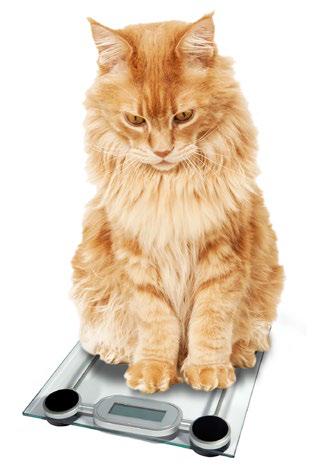
Choices begin at weaning starting with soft foods, later balancing dry food with canned food and/or raw meat or with cooked meats “to order,” then adding important supplements. These are just some of the parts which all come together to get these babies on the right track to adulthood. And changes are necessary to those balances once they reach one year of age, which is considered “adult.” A few of them will continue to live with us well into their senior years as our lifelong “heart cats,” or perhaps a senior cat will be adopted or inherited from another living situation.
How Old is “Old”?
According to the American Association of Feline Practitioners (AAFP), most cats are considered “senior” at the age of eleven years, which is the equivalent of 60 human years (and a number which is often affected by genetic predisposition).1 That is when age-related changes begin to become more noticeable, such as behavior and sleeping patterns, increased vocalization, more difficulty in movement when jumping onto furniture or in and out of litter boxes, and decreased sight and hearing. In addition, the following factors are directly related to diet, in part, due to a decreased sense of smell and taste: weight loss and loose skin, brittle nails which may need more trimming, and decreased ability to absorb nutrients, along with an increased need for protein. On the other hand, some senior cats are overweight and more likely to develop diabetes, arthritis, heart disease, and lower urinary tract disease.2
Veterinary Checkups, Please!
This story is from the {{IssueName}} edition of {{MagazineName}}.
Start your 7-day Magzter GOLD free trial to access thousands of curated premium stories, and 9,000+ magazines and newspapers.
Already a subscriber ? Sign In
This story is from the {{IssueName}} edition of {{MagazineName}}.
Start your 7-day Magzter GOLD free trial to access thousands of curated premium stories, and 9,000+ magazines and newspapers.
Already a subscriber? Sign In

Life With Patrick
Patrick and Mount Doom

Feline Photographers Part 1
\"Cats never strike a pose that isn't photogenic.\" - Lillian Jackson Braun

The Cat Fancy Alphabet
\"The Cat Fancy Alphabet\" is a new feature in Cat Talk. It highlights various terms and aspects of the cat fancy, educating fanciers new and old about our hobby.

UP CLOSE AND Purr-sonal
If there is one person, or even just a name, that anyone in CFA (Cat Fancier Association) knows, it would have to be Allene Tartaglia. It might be from her involvement with most aspects of the operations of CFA in her position of executive director. Or perhaps from her deep involvement with both the CFA Annual meeting and/or the International Show. Cat Talk thought it was time to learn more about one of the most key people in CFA.

Vision and Hearing Dysfunctions in Senior Cats
Just as people are challenged by having deficiencies with vision and hearing over time, so are senior cats. In senior cats, pet owners may notice their cats are no longer responding to them in the same way; however, it may be difficult to figure out.

Senior Cats and House Soiling
Why is my cat no longer using its litter box? Cat soiling in the house is one of the most talked about issues for pet owners.

Nutrition for Our Senior Cats
From the time they are born, our kittens receive a tremendous amount of care, with diet being at the core of their growth and development.

Fluffy's Sixteen and STILL Plays Like a Kitten!
Enrichment for Senior Cats

Alternative Arthritis Treatments for Cats
Just like humans, cats can experience arthritis. About 90% of cats over the age of 10 years experience osteoarthritis (OA) in at least one joint.1 It is a complex condition involving inflammation and degeneration of one or more joints and is sometimes referred to as degenerative joint disease (DJD). Cats with OA experience pain and inflammation in various joints that interfere with daily activities.

Checklist For What to Look For in Your Club's Next Show Venue
Show Manager To Ring One, Please